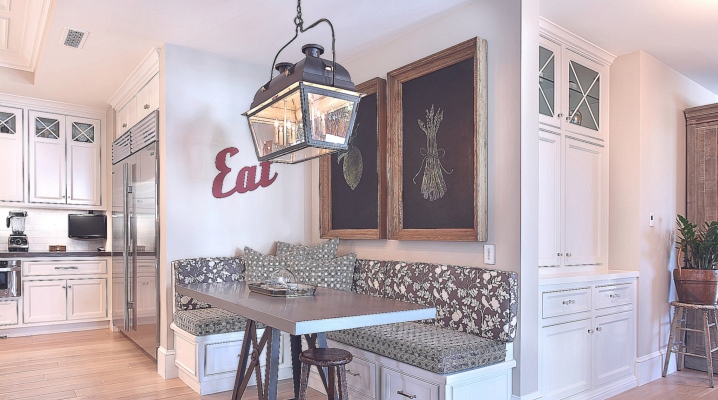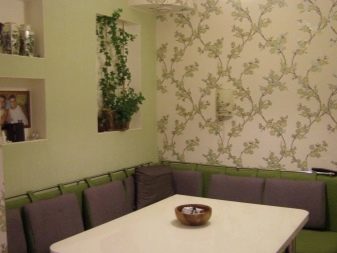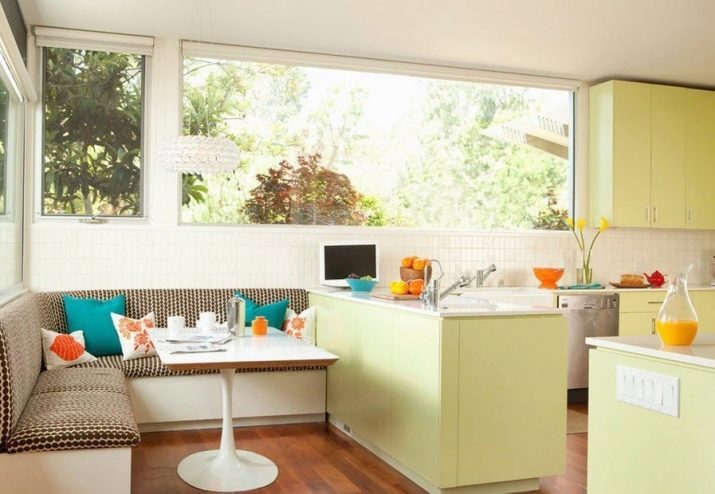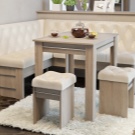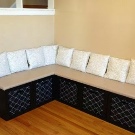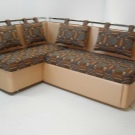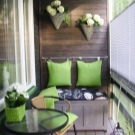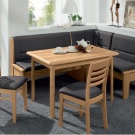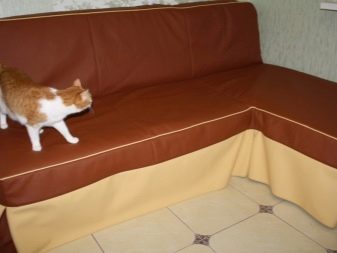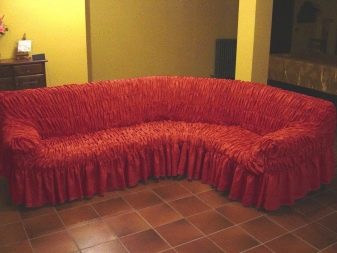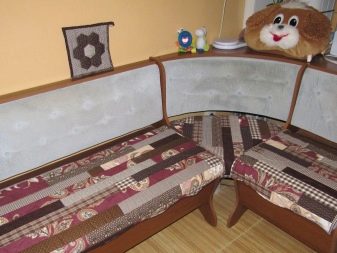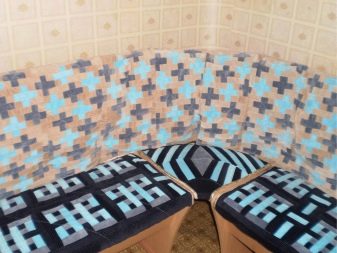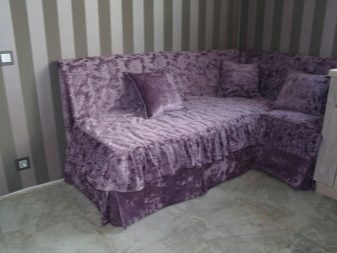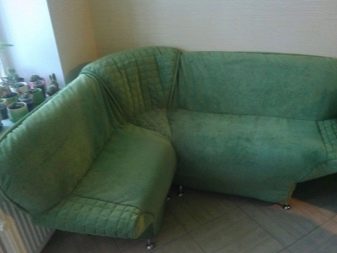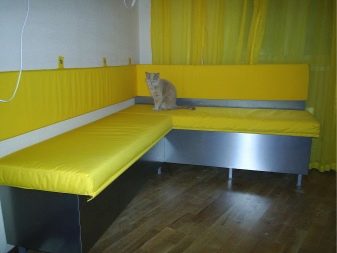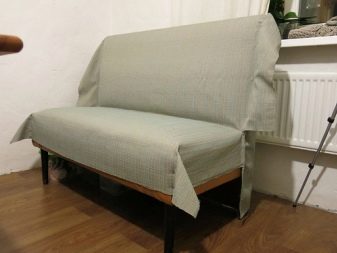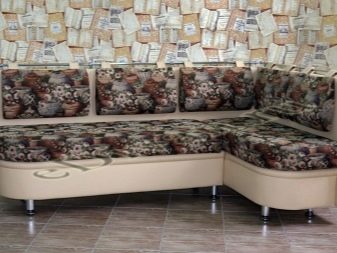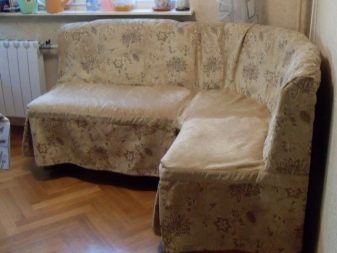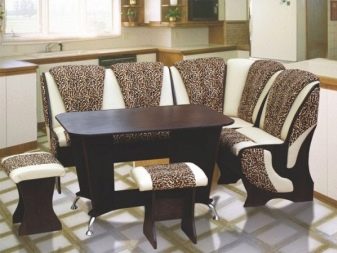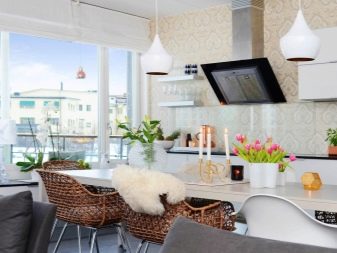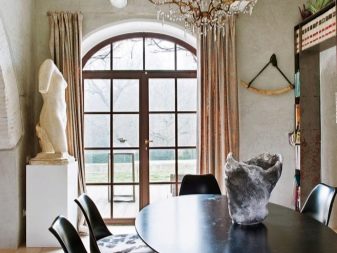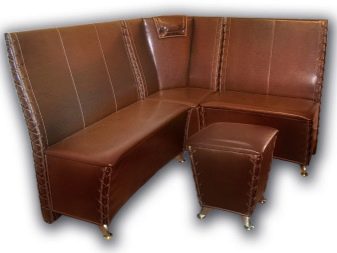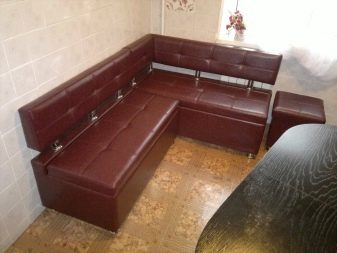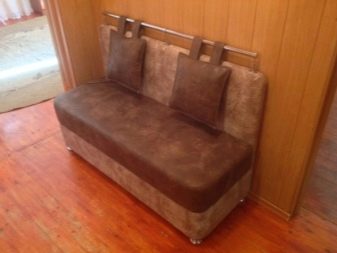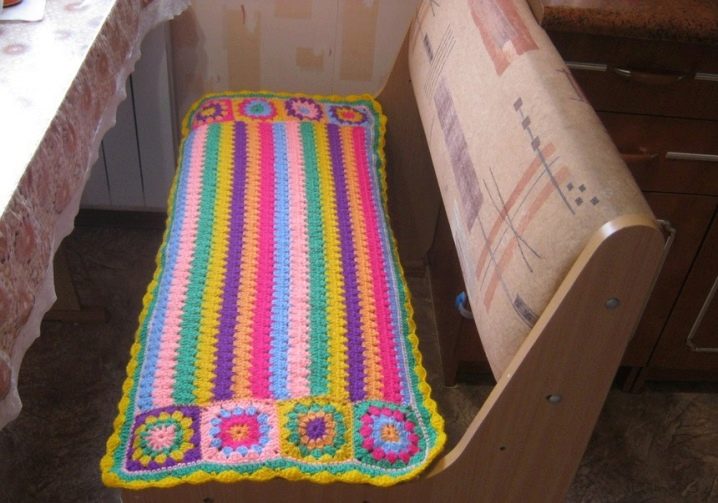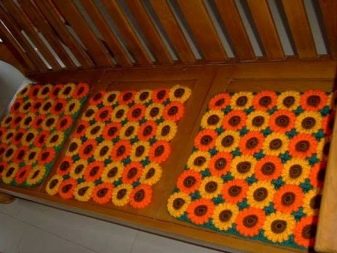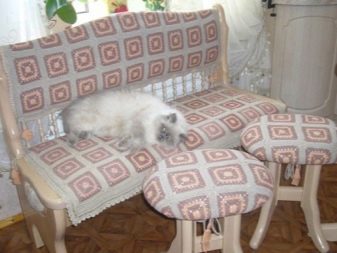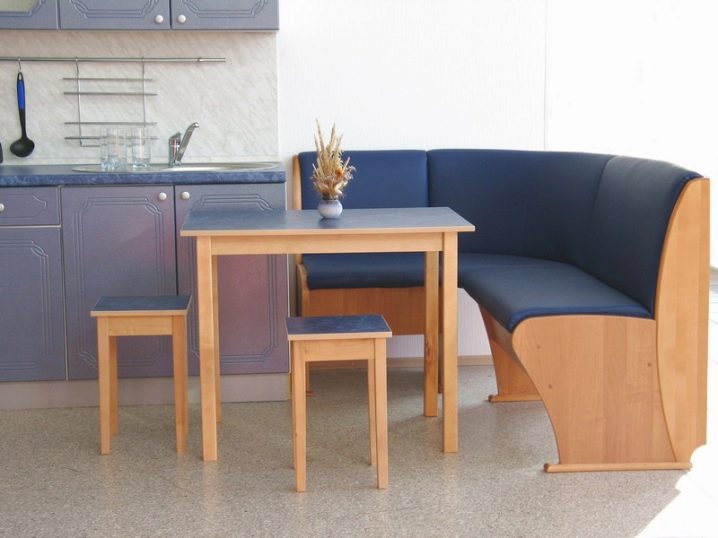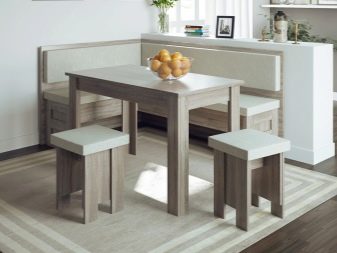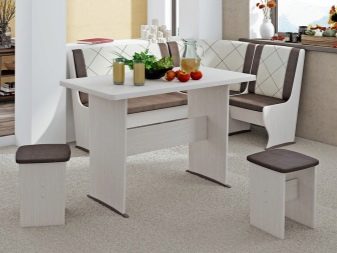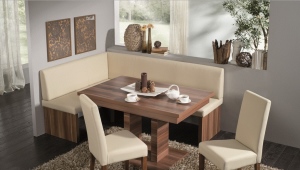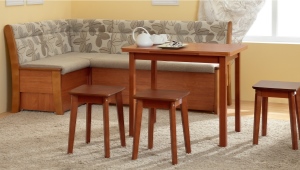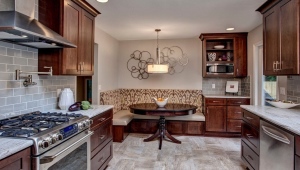Covers for the kitchen corner
The kitchen, as you know, is not the cleanest place in the house. Soot, grease, sprays from food - all this and much more can leave their marks on the upholstery of upholstered furniture in the kitchen, be it chairs or a soft corner. And since the upholstery is difficult to wash, and it is impossible to change every day, people have thought up to cover the furniture with a protective cover.
The very concept of a case implies a mobile design, something temporary, which can be changed. WITHRemovable covers on the kitchen corner can transform a room beyond recognition, and bring fresh air into the interior. In addition, they protect the upholstery of upholstered furniture from dirt, dust and accidental stains. Before proceeding to the choice of covers, you should decide on their style and purpose.
Main varieties
The first type of style is worn tightly and sits like a glove. It is rather a model for every day, which is sewn from practical fabric, resistant to moisture and stains. This is the so-called working version, which is used in full and constantly and is removed only on special occasions in order to demonstrate the beauty of the furniture.Sew such a case with your own hands, not having the skills, quite problematic. But if you order it to make a specialist, then, well-made, it will look stylish and expensive.
The decorative cover has a completely different purpose. They put it on the furniture when a big feast is supposed and the owners are afraid that guests may accidentally stain the upholstery of the upholstered furniture. As for the style, it can be free tailoring or in general just a cape or a blanket like those that furniture is covered with during repair or before a long departure. Such covers can be sewn independently.
There are also variants of covers that combine the functions of both types. This case, which is operated every day, but sewn from a beautiful fabric.
Material
Having decided on a style, we proceed to the choice of fabric for a protective cover. The most commonly chosen material with practical properties that is easy to care for and easy to change.
The most common and affordable mater for kitchen cover is fabric. Shops offer a huge number of textures and colors of fabrics. The most popular type is synthetic material.It is good because they are easy to clean and poorly absorb moisture.
Tapestry is also a good option for protecting upholstered furniture in the kitchen. Due to its dense texture, it is difficult to tear or cut, it is also resistant to moisture and easy to clean. In addition, if you choose the right colors for tapestry covers, they can be combined with a picture on the wall or a tablecloth on the table and together form a coherent whole.
A fur case for a corner in the kitchen will look somewhat exotic. But he also has a place to be. It is especially good in winter. And although the children's audience is delighted with him, the use of fur in the whole area of the kitchen corner is not recommended. But he is very good in small patches. If a soft corner, for example, has metal elements that are in contact with the body sitting on it - back, armrests and other parts, then a fur cape will be very useful. This material can also be small seat cushions, which will also play a partly protective role.
Fur capes can also be decorated with chairs or stools so that they are in harmony with the seating area.Such decorations will be appropriate, for example, in the Scandinavian interior, where the emphasis is on natural motifs.
Covers for furniture made of leather or of its substitutes are sewn, as a rule, for individual pieces of furniture - pillows or armrests. This may be a rough thick skin that is very resistant to tearing, or a thinner and delicate texture that looks more elegant in the interior of the room.
Leather cases are especially good for the summer kitchen or outdoor terrace - they are not afraid of rain or wind, they do not leave traces of berries or wine.
If you do not like the slippery surface of the skin, you can order covers of suede, which is more warm and pleasant to the touch. The capes and covers of their leather are perfectly combined with chrome and metal accessories, they fit perfectly in the high-tech or modern style.
Knitted covers fit perfectly in the style of Provence or Country. And although they are less practical than, for example, leather, capes, connected with their own hands, have a lot of advantages. First, it will be the pride of the hostess and the element of admiration of the guests. Secondly, it is an exquisite decoration for the kitchen corner.And thirdly, such a cape will definitely be in a single copy and no one, except you, will be able to boast of it.
You can additionally decorate a knitted cover with embroidery, beads and other decorative elements and fix it on furniture, for example, tying it with ribbons to the legs of a corner. The cape with openwork knitting in light pastel colors looks very nice, but it is not very practical. It is rather a festive option, a reason to surprise the guests.
Oilcloth
Such furniture protection is very practical and suitable for daily use. The case of oilcloth can be easily washed or even washed in a washing machine. It does not require ironing and drying, can long remain in the sun, does not stretch and does not lose shape after washing. The disadvantages of oilcloth can be attributed to its fragility - it is easy to cut it with a sharp object.
Whichever version of the kitchen protection and decoration you choose, try to match it with the general trend of the interior in the kitchen, with its color scheme and style.
